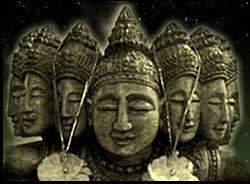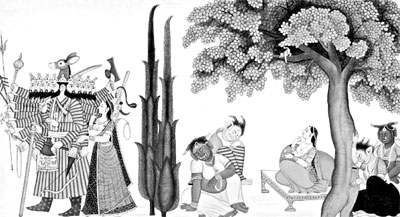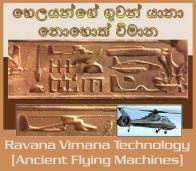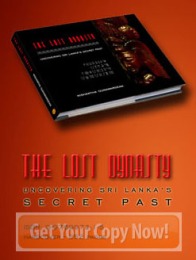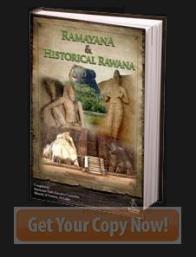Brief description about emperor Rāvanā
Rāvanā was an emperor who lived about 5000 years ago in Sri Lanka. He was a descendant of ‘Surya Wansha’ of ‘Hela Yakka’ tribe (ancient Sinhala tribe). According to Rāmāyana, the emperor Rāvanā was assassinated by Rāmā. But referring ola manuscripts, rock inscriptions and folklore of Sri Lanka, Rāvanā was not died at war. He was not to killed by any other common person as Dasis Rāvanā represented a soul of a Bodhisathva. The emperor had many names as he ruled many countries. Rāvanā, Dasis Rāvanā, Ravula, Rāvanan, Rāvan are some of them. He is called Dasis Rāvanā which means the king with 10 great talents. As a well experienced Ayurvedic physician the king wrote several books on medicine. As an artist he composed Rāvanā rāgas.
He was an Emperor who controlled 10 states & he was the founder of civilizations like Māyā Atex in South America, Egypt in Middle East. Archaeologists believe that, this “Hela / Asura” civilization is the Atlantis civilization which was destroyed by a nuclear war.
Short pre-history of Heladiva Kings
 Heladiva (Sri Lanka) dates human habitation to 125,000 years and beyond. Around 30,000 years ago it is possible that an agrarian based society developed, supporting a self-sufficient lifestyle. This assumption is based on the oral tradition that speaks of an ancient Hela King named ‘Manu’ who ruled the island from his capitol in Mannar (Mannarama / ‘Manu-nā-arama’) around this time.
Heladiva (Sri Lanka) dates human habitation to 125,000 years and beyond. Around 30,000 years ago it is possible that an agrarian based society developed, supporting a self-sufficient lifestyle. This assumption is based on the oral tradition that speaks of an ancient Hela King named ‘Manu’ who ruled the island from his capitol in Mannar (Mannarama / ‘Manu-nā-arama’) around this time.
It is said that the ‘Hela New Year’ (that dawns on April 14th each year) is in fact, the annual celebration of the coronation of this famed King Manu. [The coronation coinciding with the Sun’s northerly movement, at a time when it was directly over the capitol Mannar – at midday]. This legend has now been superseded by the ‘official’ version that relies solely on the astrological reasoning for the New Year – the transition of the Sun, from Pisces to Aries.
After King Manu’s royal dynasty there are other royal dynasties mentioned in the oral tradition, such as Thāraka (~10,000 years ago), Mahābāli (~7500 years ago), and Rāvanā (~5000 years ago). Interestingly, of these kings, King Rāvanā’s technological and military prowess was so renowned that he is depicted in Indian literature as having ten heads and numerous hands holding a multitude of weapons. When eventually King Rāvanā succumbed, to the wrath of Rāmā, (his Indian nemesis) the people of India rejoiced in victory and celebrated in a festival atmosphere. To this day, the festival of ‘Deepavali’ celebrated each year by one billion Indians including the Tamil community, is a celebration of the defeat of this famed Hela King Rāvanā.
( Note:- Hela & Lanka are another terms for Sinhala )

